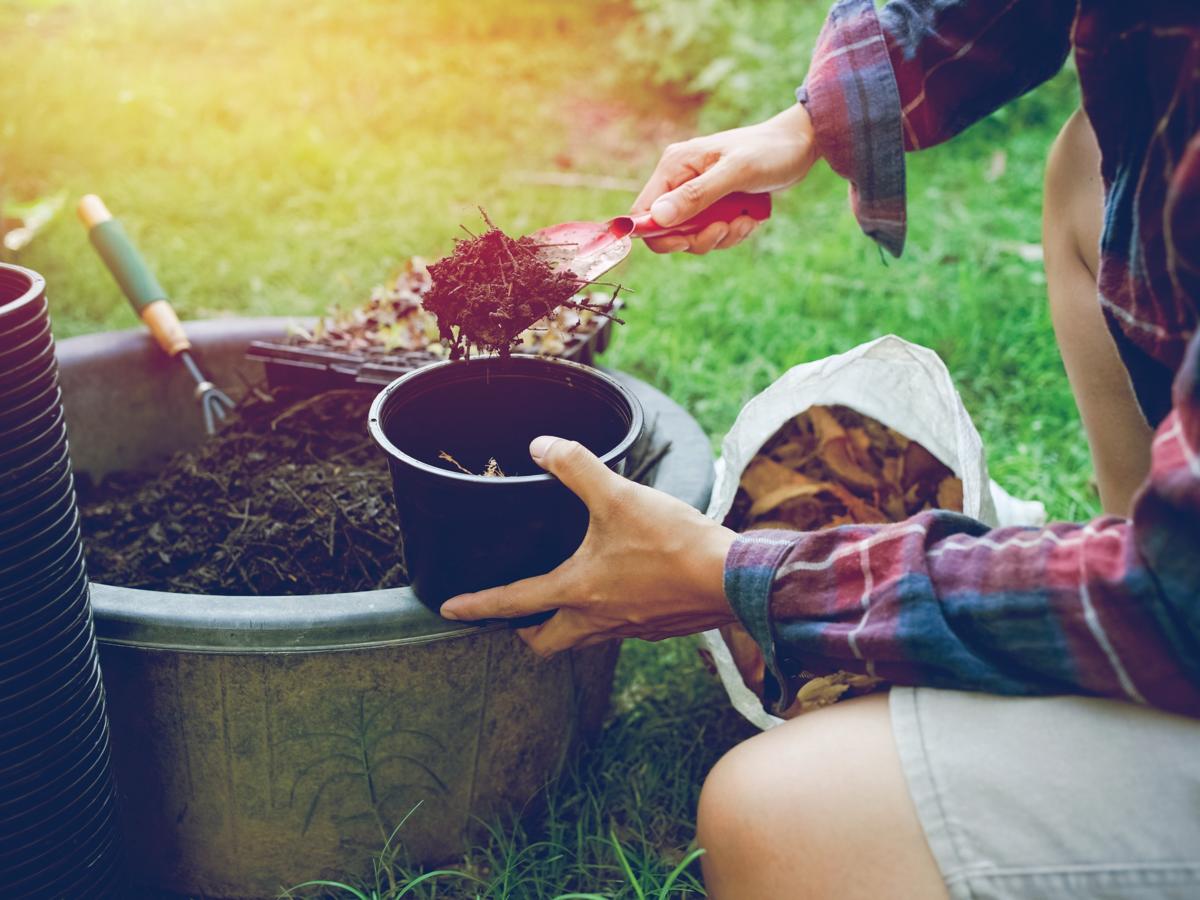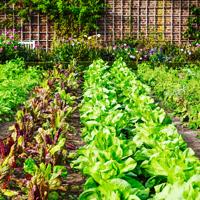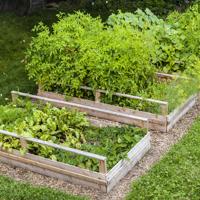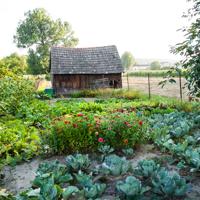Soil pH is often an overlooked aspect of sustainable gardening, yet it plays a crucial role in the health and productivity of your garden. It influences nutrient availability, microbial activity, and plant growth. Testing and adjusting your soil pH can help you support a thriving garden-to-table lifestyle.
Understanding Soil pH
Soil pH measures the acidity or alkalinity of your soil on a scale from 0 to 14, with 7 being neutral. Numbers below 7 indicate acidic soil, while above 7 indicates alkaline soil. Most garden plants prefer a pH between 6 and 7.5, though some plants have specific preferences.
Why Soil pH Matters
The pH of your soil affects plant health by influencing the availability of nutrients. For instance, acid-loving plants like blueberries thrive in acidic soil (pH 4.5-5.5), where they can access essential nutrients like iron.
Neutral soil conditions can help a wider variety of plants access the nutrients they need, promoting a balanced ecological system in your garden.
How to Test Soil pH
Testing soil pH is a straightforward process that can guide your gardening practices. Here’s how you can do it:
1. Use a Soil pH Test Kit
You can find soil pH test kits at most garden centers or online. These kits usually include a color chart and a vial with a testing solution or test strips.
-
Collect Soil Samples: Select several locations around your garden to account for variability. Dig about 6 inches deep for a representative sample, removing debris like leaves and roots.
-
Prepare the Sample: Mix the collected soil with distilled water to create a muddy consistency.
-
Conduct the Test: Follow the test kit instructions, which typically involve adding the testing solution or dipping a test strip into the prepared soil sample.
-
Read the Results: Compare the resultant color with the provided chart to determine your soil’s pH level.
2. Use a pH Meter
Electronic pH meters can offer more precise readings and are reusable for frequent testing.
-
Calibrate the Meter: Follow the manufacturer’s instructions for accurate readings.
-
Insert the Probe: Place the cleaned probe into a prepared soil sample or directly into the ground and record the displayed value.
3. Professional Testing Services
For more accurate or comprehensive results, you can send samples to a local extension service or professional laboratory. They provide detailed reports on pH and nutrient availability.
Adjusting Soil pH
Once you know your soil pH, you can make adjustments if necessary, but proceed gradually and observe the results over time.
Lowering Soil pH (Making it More Acidic)
-
Sulfur: Elemental sulfur is commonly used to acidify soil. Apply according to package directions, as too much can harm plants.
-
Sphagnum Peat Moss: Incorporate peat moss into the soil as a natural option to gradually lower pH.
-
Organic Matter: Compost and well-rotted manure can also contribute to a slight lowering of pH over time.
Raising Soil pH (Making it More Alkaline)
-
Lime: Agricultural lime (calcium carbonate) is the most common amendment for increasing pH. Dolomitic lime also adds magnesium. Check guidelines for application rates.
-
Wood Ash: A natural and mild alkaline, wood ash can slightly raise soil pH. Be cautious, as excessive use may lead to nutrient imbalances.
Monitoring Changes
Adjustments take time, so monitor your soil regularly. Avoid adding amendments too frequently or in large quantities, as this can lead to ecological imbalance.
Experimenting and Observing
Gardening is as much an art as it is a science. Small experiments in localized areas of your garden can help you learn how different plants respond to pH adjustments. Keep notes of your observations to improve your understanding of your garden’s unique characteristics.
A Note on Resources
While personal experience is invaluable, taking advantage of further resources can deepen your understanding. University agricultural extension services and gardening groups often provide guidance and support based on local conditions.
Remember, soil is a living ecosystem. Balancing its pH to suit your plants’ needs is a journey best approached patiently and thoughtfully. This journey will enhance your garden’s productivity and contribute to a sustainable, garden-to-table lifestyle.
References
-
Brady, N.C. & Weil, R.R. (2008). The Nature and Properties of Soils. Pearson.
-
Extension services, such as those offered by the USDA, provide localized advice and up-to-date information on soil health.
-
Many gardening books and online communities offer shared experiences that can be invaluable as you work with your soil’s pH.




